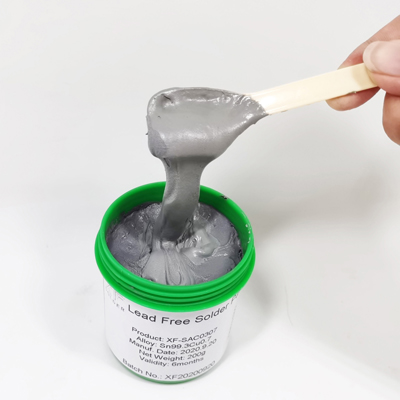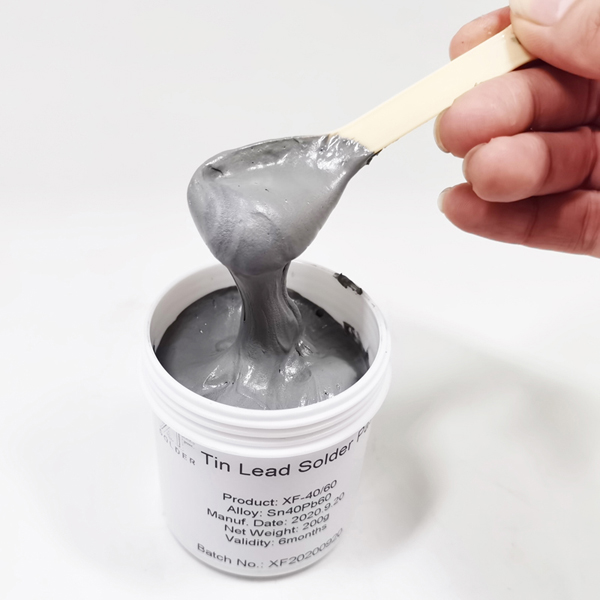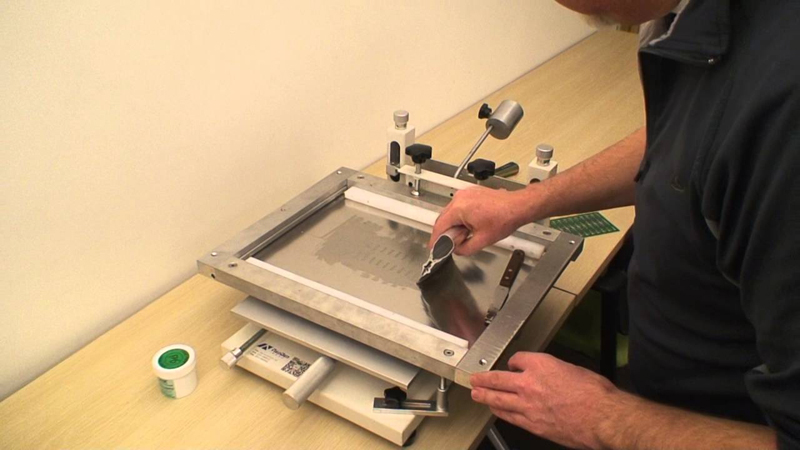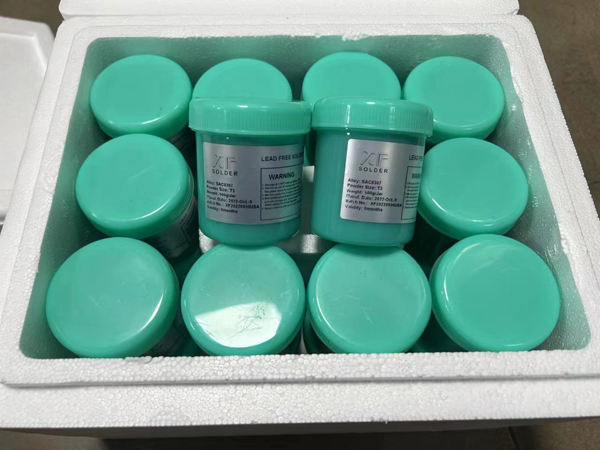PCB SMT Solder Paste for Electronics
PCB SMT Solder Paste for Electronics
What is PCB SMT Solder Paste for Electronics
Solder paste, a mixture of metal alloy (known
as solder powder), flux and binder, is an essential material in electronics
manufacturing. It is used to join components to printed circuit boards (PCBs)
by reflow soldering (SMT method). In this article, we will explore the
composition and types of solder paste, its applications, quality control, and
future developments.


Composition of What is PCB SMT Solder Paste for Electronics:
Solder paste is composed of three major components: metal alloy, flux, and binder. The metal alloy provides the mechanical and electrical properties of the joint, while the flux helps to remove oxides from the metal surfaces and promotes the wetting of the solder on the surface. The binder holds the mixture together and determines the viscosity and rheology of the solder paste. PCB solder paste can be classified based on the type of metal alloy, the size of the particles, the type of flux, and the type of binder. Each classification has its unique characteristics that determine its suitability for specific applications. There are leaded solder paste like Sn63Pb37 solder paste, Sn60Pb40 solder paste, Sn62Pb36Ag2 solder paste, Sn62.8Pb36.8Ag0.4 solder paste; And there are RoSH compliant lead free solder paste like Sn99Ag0.3Cu0.7 solder paste, Sn96.5Ag3Cu0.5 solder paste, Sn42Bi58 solder paste etc.
Applications of PCB SMT Solder Paste for Electronics:
Solder paste is widely used in the
electronics industry to join components to PCBs. It is used in the manufacture
of electronic products, such as computers, mobile phones, and automotive
electronics. SMT Solder paste is applied to the PCBs using a stencil or
dispenser. The components are then placed on the solder paste, and the PCBs are
heated in a reflow oven to melt the solder and form the joint. PCB Solder paste
can also be used in hand soldering, but this method is less common in mass
production.

Quality Control of PCB SMT Solder Paste for Electronics:
Quality control is essential in solder
paste manufacturing to ensure consistent performance and reliability. Solder
paste for electronics must meet specific quality requirements, such as particle
size distribution, viscosity, and flux activity. Quality control methods include
visual inspection, rheology measurements, and thermal profiling. The
manufacturing process of solder paste is also critical in achieving consistent
quality. The quality of the raw materials, the mixing process, and the storage
conditions can all affect the quality of the final product.
Trends of PCB SMT Solder Paste for Electronics:
In the future, the development of solder
paste technology will continue to improve its performance and reduce its
environmental impact. One of the trends is the development of lead-free solder
paste. Lead-free solder paste is becoming more popular due to environmental
concerns and regulations. Another trend is the use of finer particles in solder
paste for electronics, which improves the accuracy and reliability of the
joints. The development of solder paste technology will continue to contribute
to the miniaturization and increased functionality of electronic devices.
In conclusion, the SMT solder paste is an
essential material in electronics manufacturing. Its composition and
classification determine its suitability for specific applications. The quality
control of solder paste is crucial to ensure consistent performance and
reliability. The development of solder paste technology will continue to
improve its performance and reduce its environmental impact, contributing to
the miniaturization and increased functionality of electronic devices.
Contact our sales team if you have any inquiry or any questions regarding to SMT solder paste. Email: xfsolder@gmail.com or xfsolder@163.com ; Whatsapp / Wechat: 008613450770997

